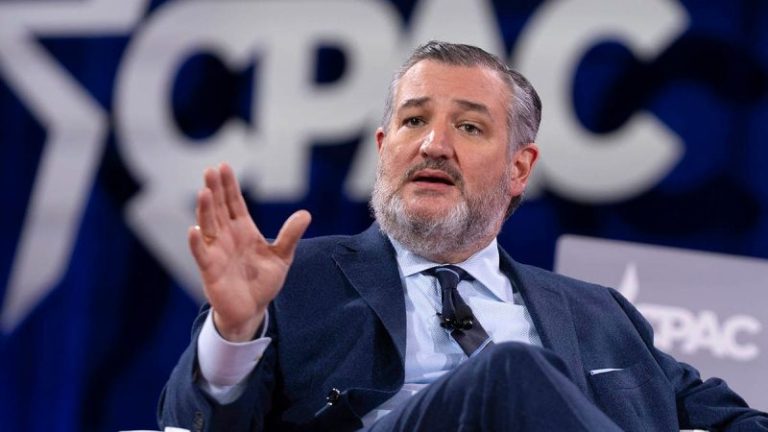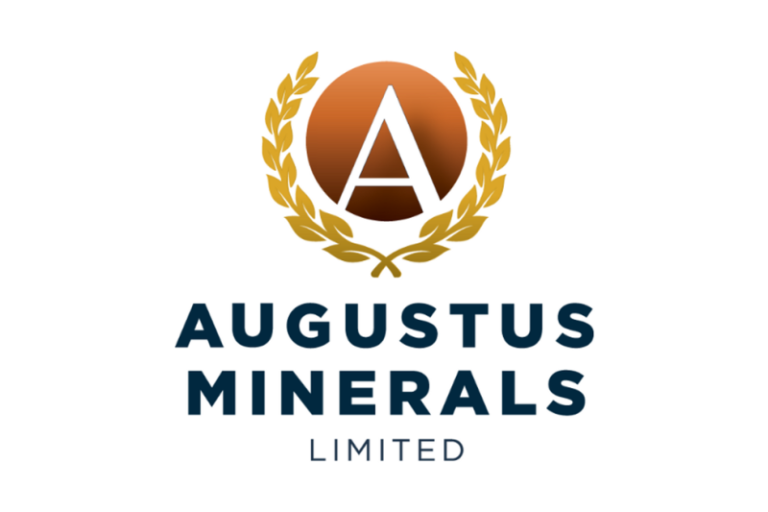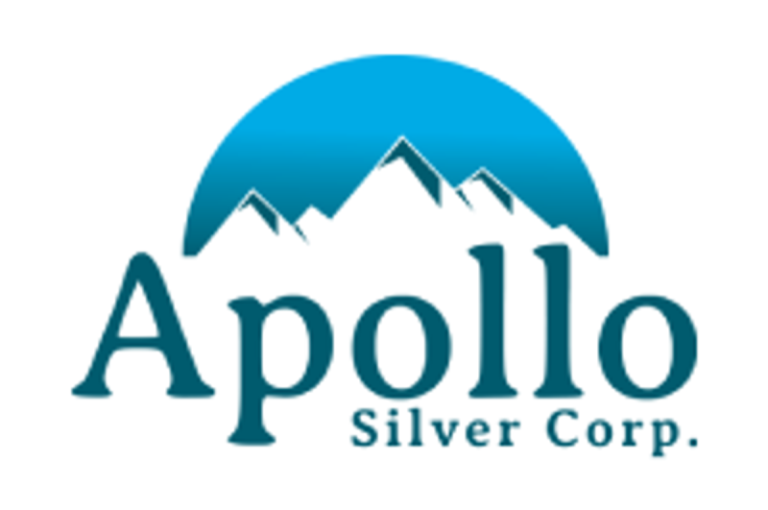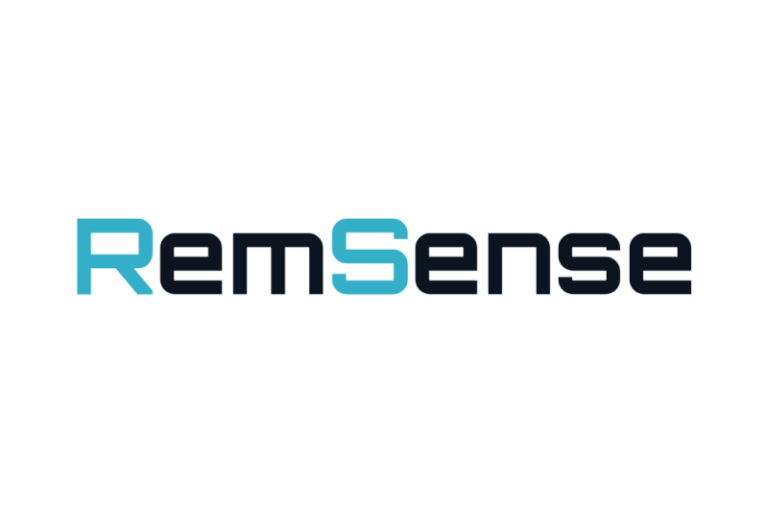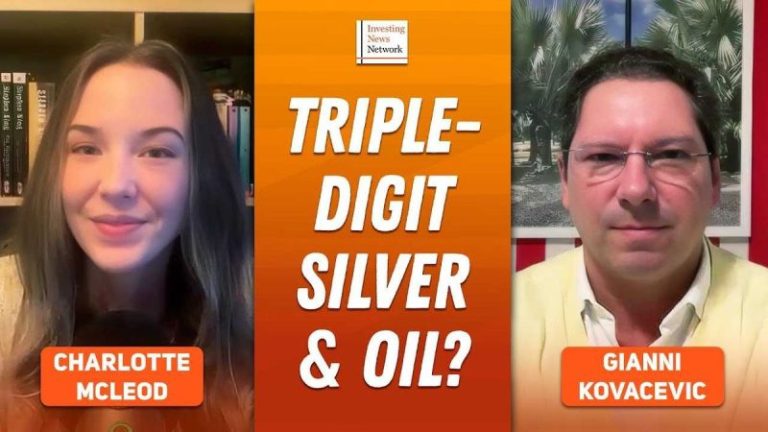The government shutdown meandered into its 22nd day with no end in sight after a 12th GOP attempt to reopen the government was stalled and then blocked by Senate Democrats on Wednesday afternoon.
Senate Minority Leader Chuck Schumer, D-N.Y., and his caucus kneecapped Republicans’ bid to reopen the government for the 12th time in a 54-46 vote where Republicans needed at least 60 votes to advance the measure. The latest failed vote comes as Schumer has demanded another meeting with President Donald Trump and on the heels of an almost 24-hour filibuster by Sen. Jeff Merkley, D-Ore, that pushed the vote late into Wednesday.
During his marathon floor speech, which began at 6:23 pm on Tuesday, Merkley spoke on authoritarianism — what he called the Trump Administration’s overreach on immigration, separation of powers, and more.
‘Republicans have shut down the government to continue the strategy of slashing Americans’ healthcare,’ Merkley said, referring to the healthcare-centered debate holding up consideration of the government’s funding.
He concluded his remarks at 5:00 p.m. on Wednesday.
Little has changed in the upper chamber since the shutdown began. Schumer and the Senate Democratic caucus demand that there be a real, ironclad deal to extend expiring Obamacare subsidies, while Senate Republicans remain adamant that there is no path forward available on the matter until the government is reopened.
But what is old is new in a repeating cycle, and Schumer wants to meet with Trump again.
Schumer, speaking on behalf of House Minority Leader Hakeem Jeffries, D-N.Y., requested another meeting with Trump ahead of the vote in a bid to go around Senate Majority Leader John Thune, R-S.D., and congressional Republicans to secure a deal.
There have been informal talks — more casual conversation than true negotiation — between Republicans and Democrats, but nothing has materialized that puts lawmakers any closer to solving the ongoing stalemate.
‘Hakeem and I reached out to the president today and urged him to sit down and negotiate with us to resolve the healthcare crisis, address it and end the Trump shutdown,’ Schumer said. ‘He should sit — the things get worse every day for the American people. He should sit down with us, negotiate in a serious way before he goes away.’
The last time the top congressional Democrats met with Trump came just a day before the climactic vote to avert a shutdown. Neither side walked away with a compromise, or agreement, to keep the lights on.
Fast-forward to the shutdown’s fourth week, and Trump signaled he’d speak with Schumer and Jeffries — only after the government is reopened.
‘The government has to be open,’ he said. ‘You know how long it will take for them to do that? Just say, ‘OK, government is open.’ That’s it. There is nothing — They’re not negotiating.’
‘What they’re doing is saying they lost the negotiation,’ Trump continued. ‘And when we got the great ‘big beautiful [bill]’ done, they lost the negotiation. Now they’re saying, ‘Well, we want to get some of the things we lost.’ But the problem is the things they lost are very bad for our country.’
Congressional Democrats’ initial demands, made in a counter-proposal to the House-passed continuing resolution (CR), called for a permanent extension to the enhanced Obamacare premium tax credits and guardrails on Trump’s ability to claw back congressionally approved funding, among other things.
A White House official doubled down on Trump’s position and told Fox News Digital, ‘We will not have policy conversations while the Democrats are holding the American people hostage. Reopen the government.’
While Democrats desire more than just an extension to the COVID-19-era subsidy, they’ve made their primary argument all about the tax credits.
Thune offered Senate Democrats a vote on the subsidies, but so far they have declined to take the leap and instead are holding out for a guaranteed outcome in the shutdown fight. However, that is unlikely to come as Republicans and the White House, so far, are equally dug in against Schumer’s demands.
‘I think [Trump] wants the Democrats to take ‘yes’ for an answer,’ Thune said. ‘We’ve offered them a lot of the things they were asking for — a normal appropriations process, an opportunity to get a vote on some of the things that they want to see voted on, with respect to the expiring Obamacare enhanced subsidies. But that can’t happen until we open up the government.’



